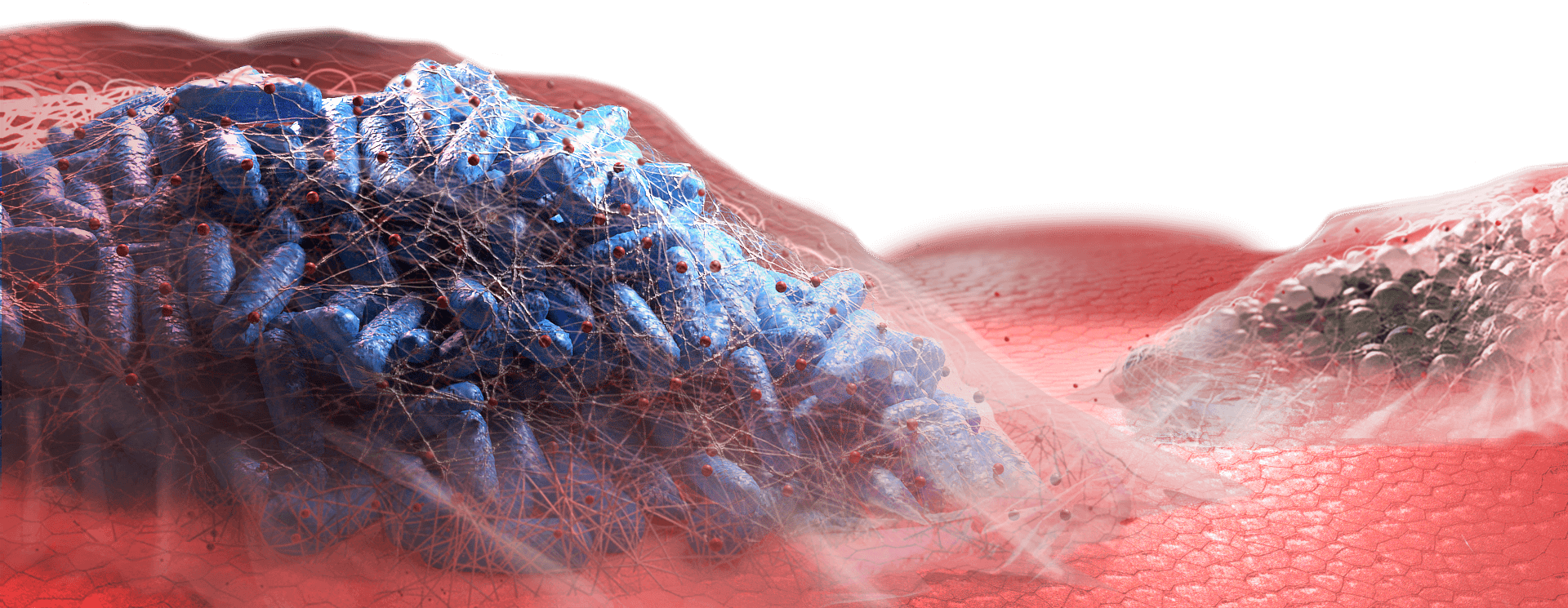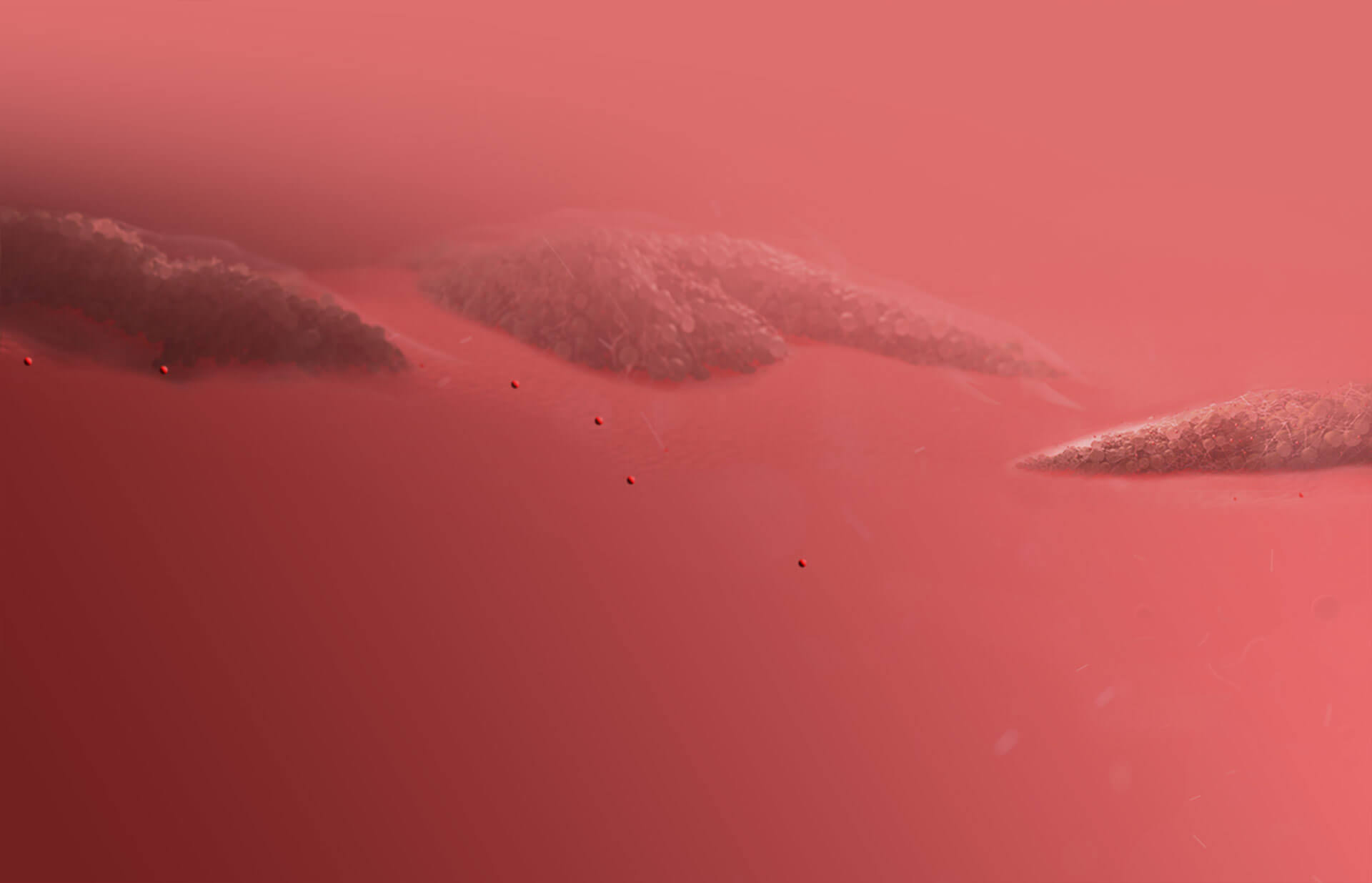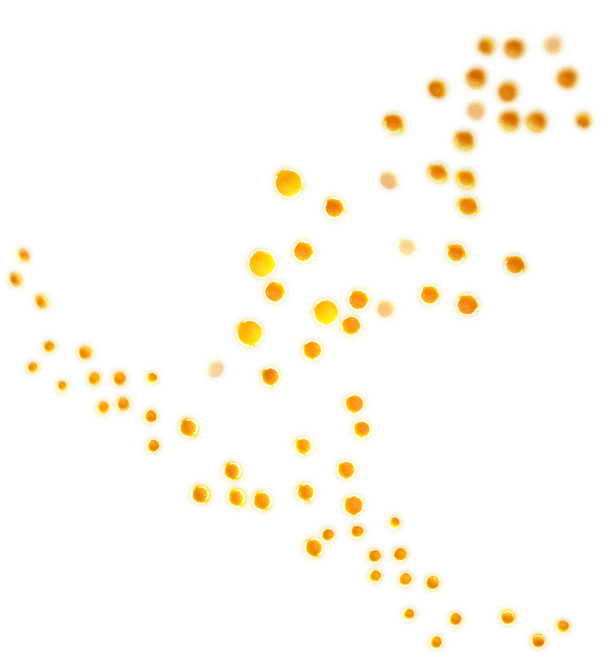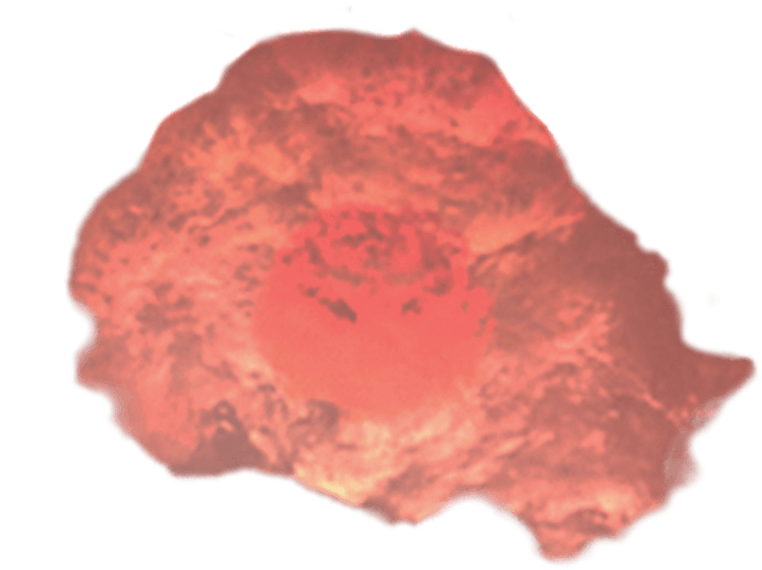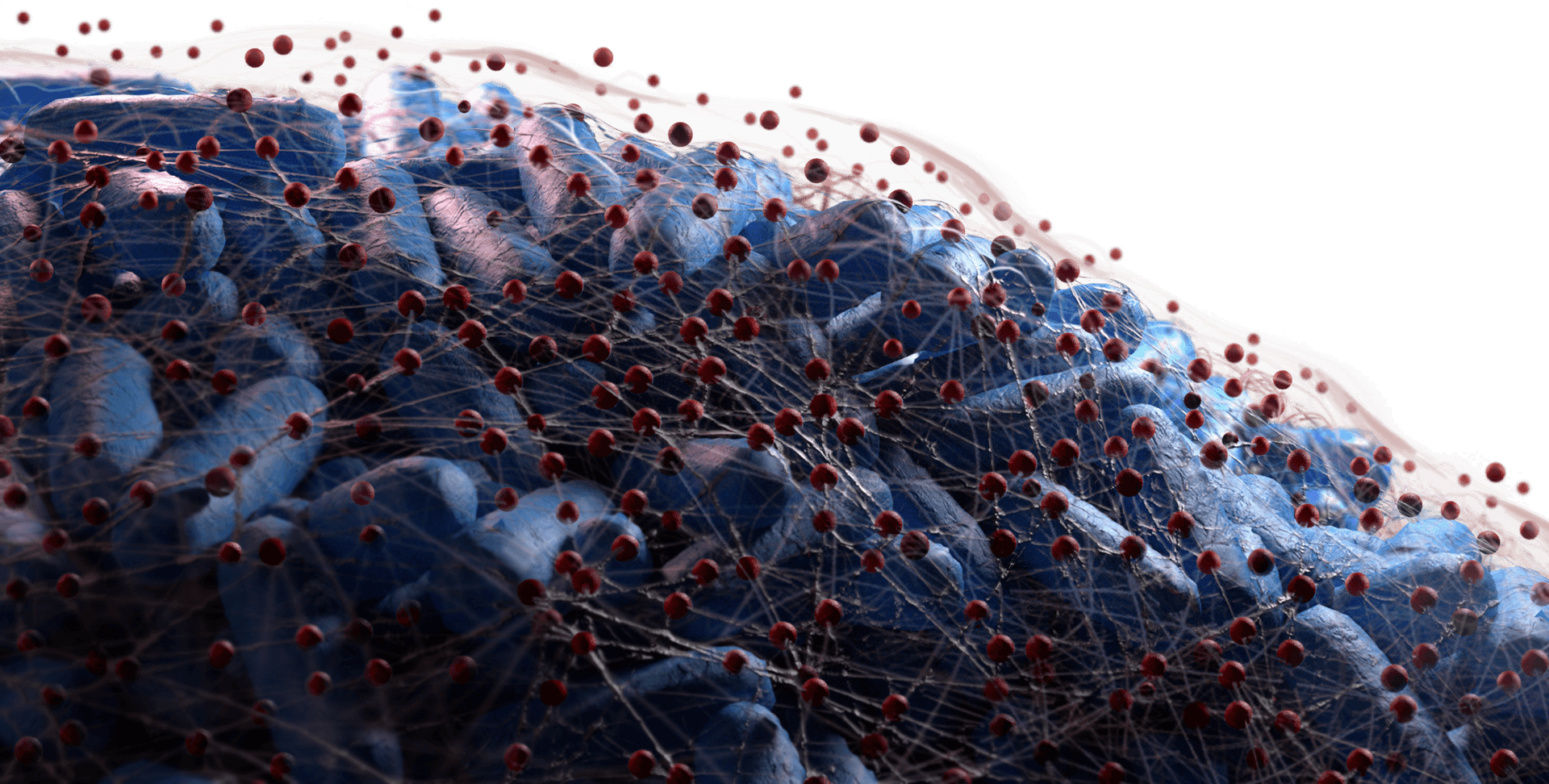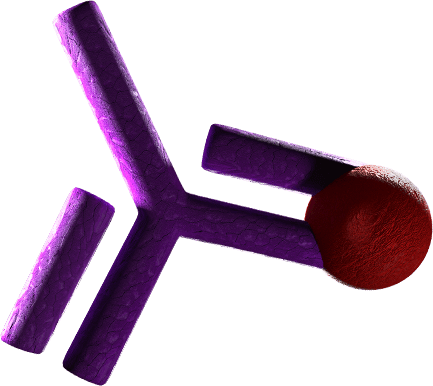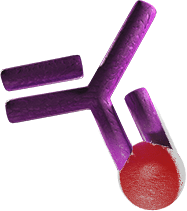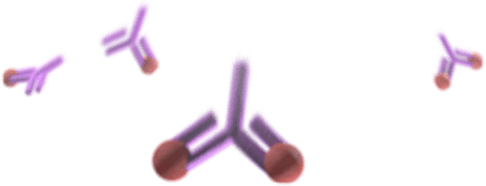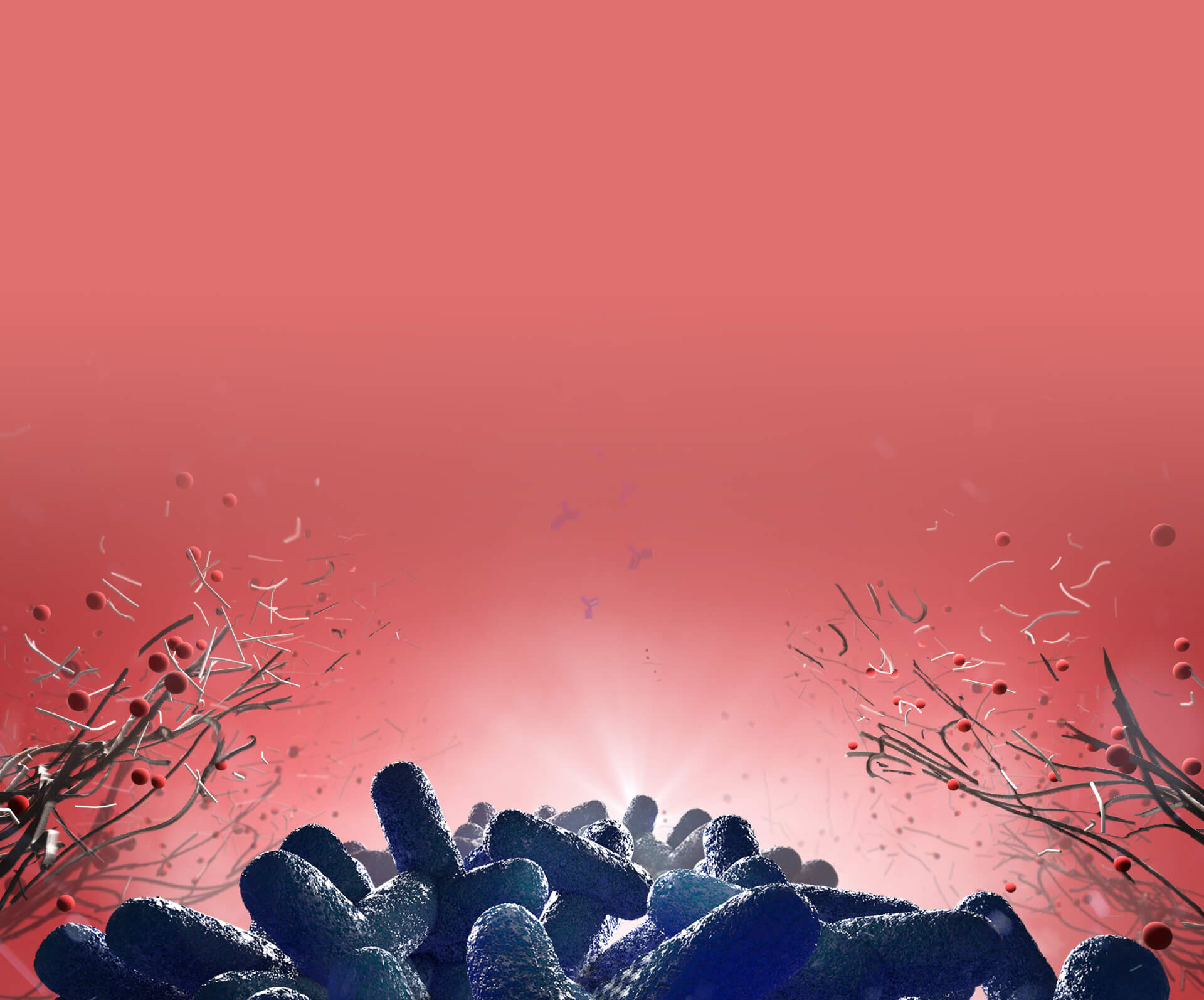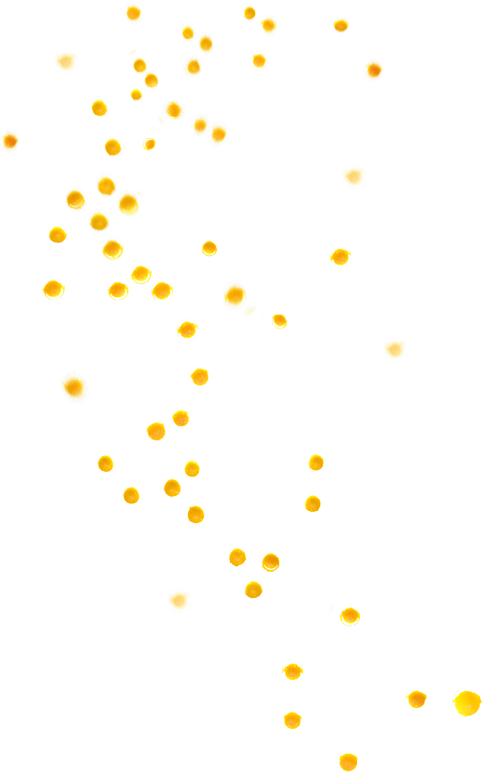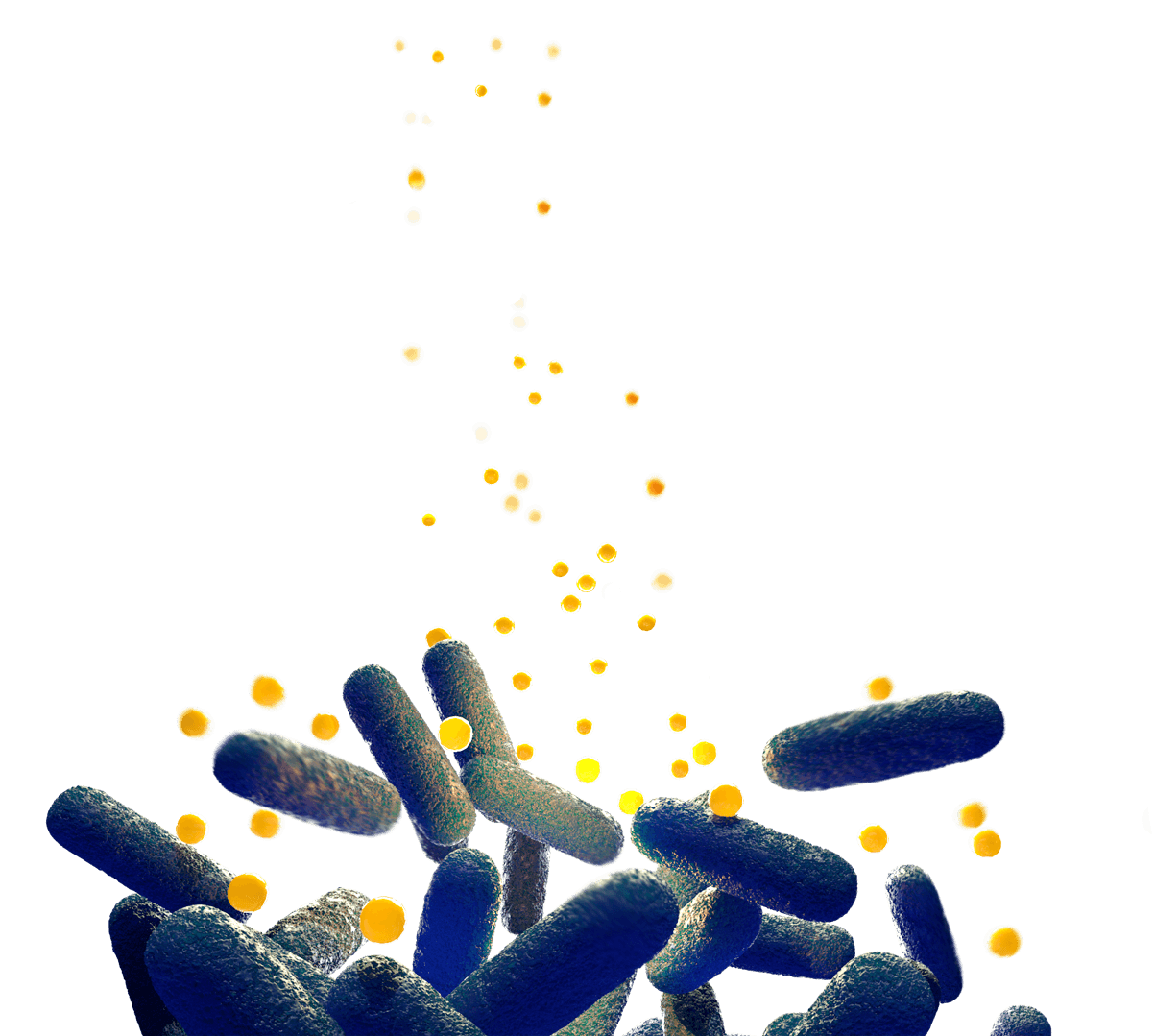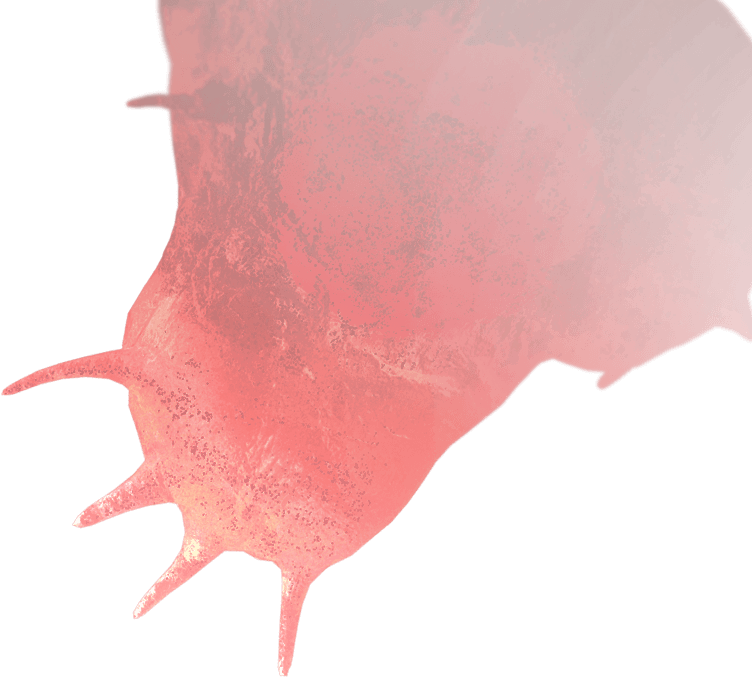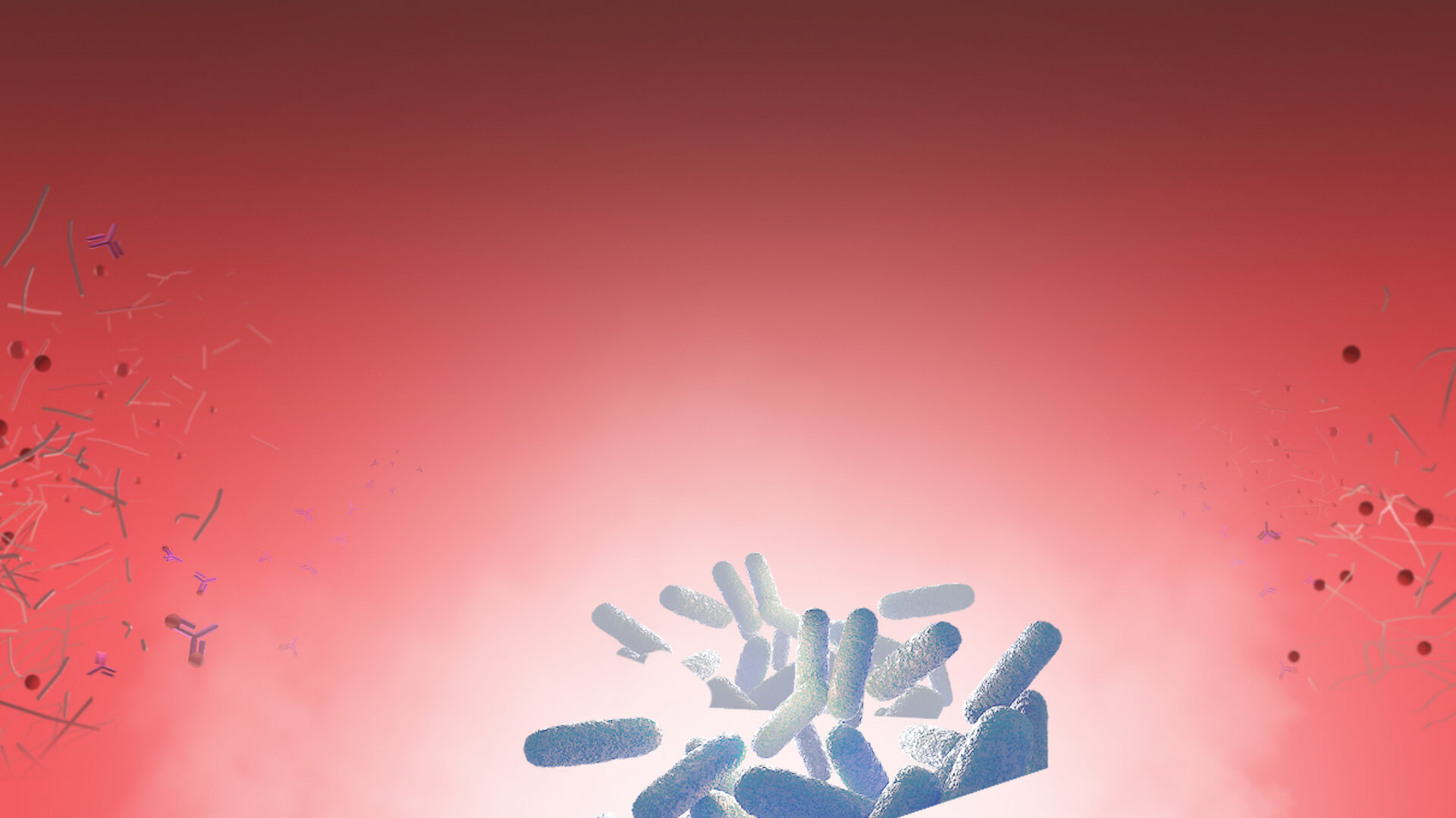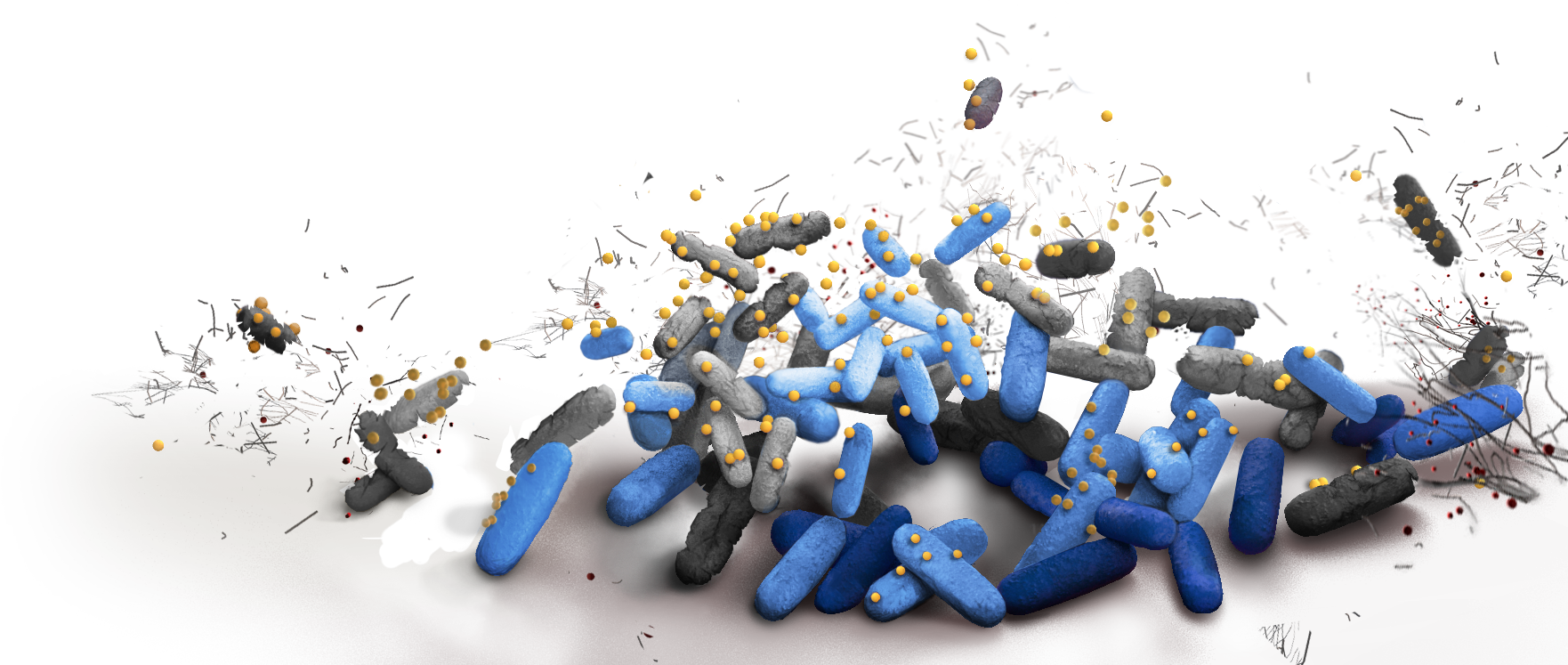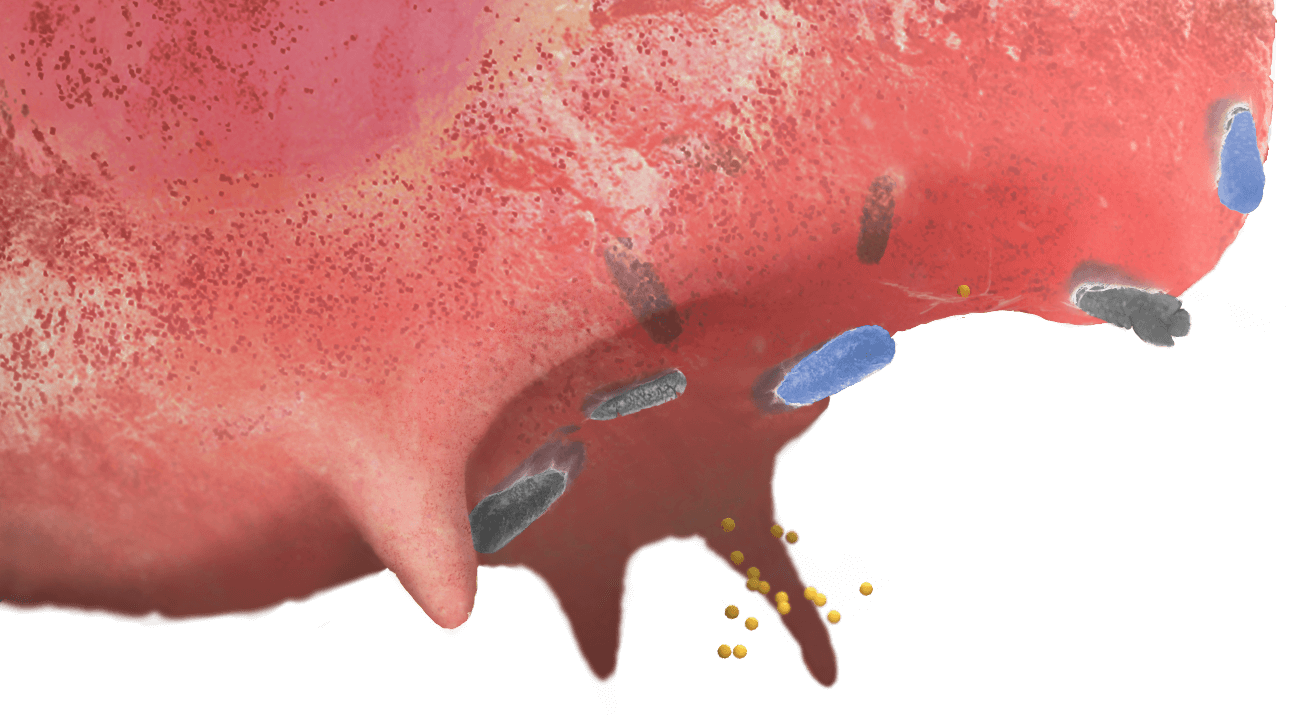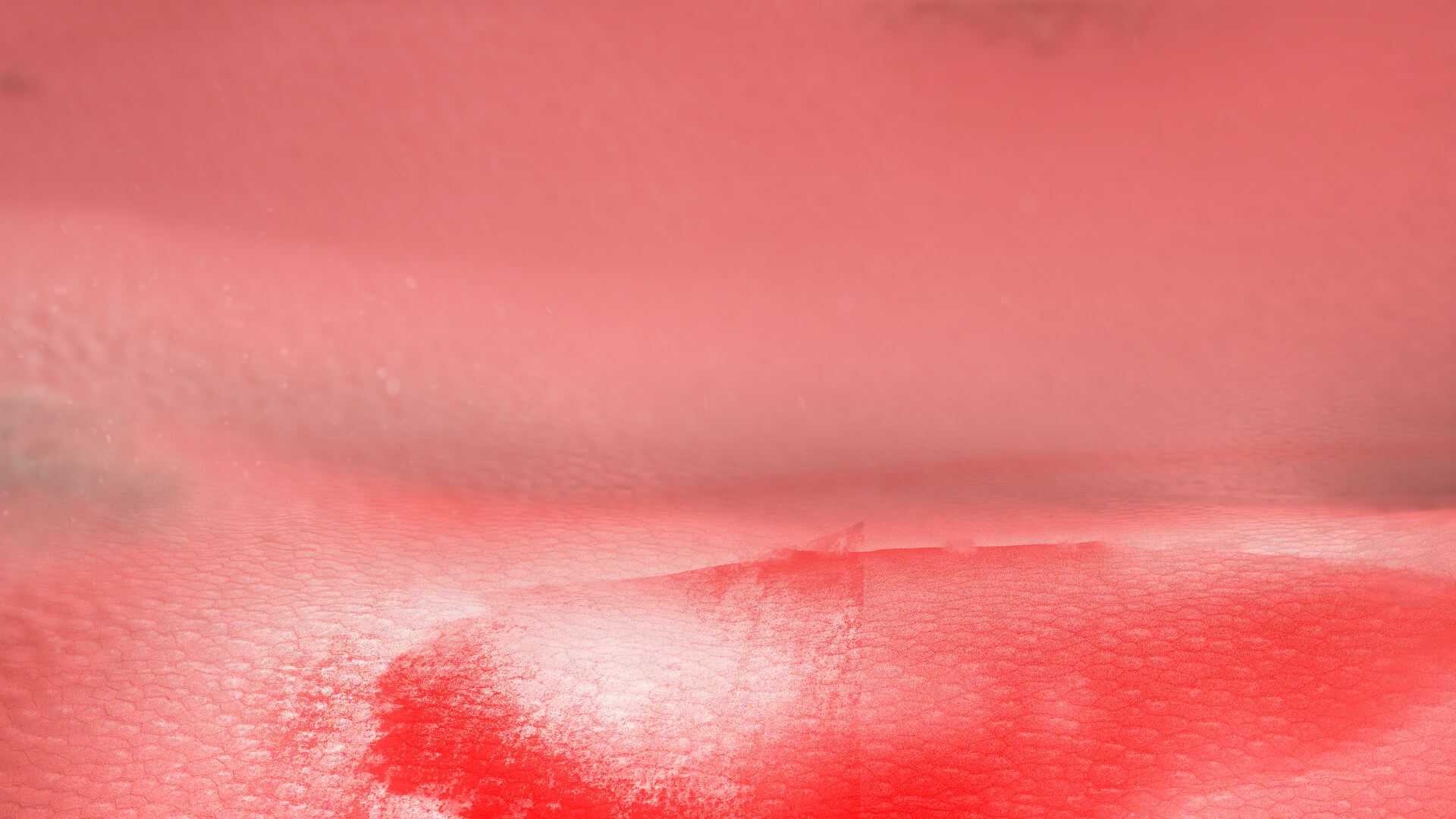Vaccination
Vaccinating Against Biofilms
CMTX-301 vaccination triggers the body to produce an immune response to the linchpin DNABII biofilm proteins that enable biofilm formation
Vaccinating Against Biofilms
CMTX-301 vaccination triggers the body to produce an immune response to the DNABII linchpin proteins
Targeting Biofilm Structure
Antibodies are produced that target the linchpin proteins, destabilizing the biofilm eDNA structural lattice and thus preventing biofilm development
Targeting Biofilm Structure
Antibodies are produced that target the linchpin proteins, destabilizing the biofilm eDNA structural lattice and thus preventing biofilm development
More Effective Interventions
In the absence of biofilm, bacteria remain vulnerable to immune or antibiotic intervention
- Increases host clearance of the infection
- Reduces potential for bacterial resistance development
- Reduces inflammation at infection sites
More Effective Interventions
In the absence of biofilm, bacteria remain vulnerable to immune or antibiotic intervention
- Increases host clearance of the infection
- Reduces potential for bacterial resistance development
- Reduces inflammation at infection sites

